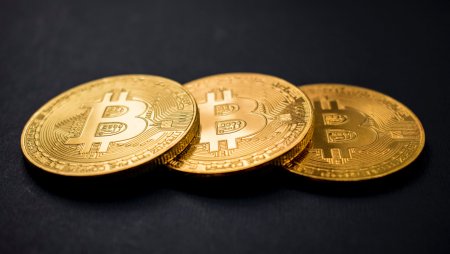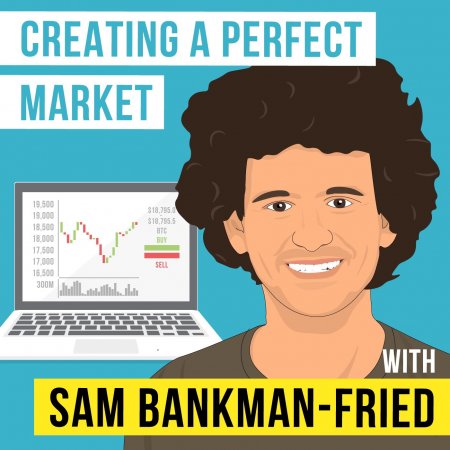Up to 25% of Polymarket’s Trading Volume Found to Be Artificial
08.11.2025
News / Technology / Economy / Analytics
25% of Polymarket's trading volume was artificial, Columbia University study finds.
Over the past three years, approximately 25% of the total trading volume on the prediction platform Polymarket was attributed to transactions exhibiting signs of being artificial. This is according to a¬Ýstudy by Columbia University.
Traders engaged in artificial activity by repeatedly buying and selling contracts either to themselves or in collusion with other accounts.
In July 2024, such transactions accounted for nearly 60% of the weekly trading volume on the platform. The trend was most pronounced in prediction markets for sports events and elections, where in some cases, it reached 90%.
The authors added that the method allowed them to identify complex networks of addresses forming trading cycles or clusters, encompassing tens of thousands of accounts. One detected group included over 43,000 wallets, generating nearly $1 million in trading volume. Almost all transactions were for minimal amounts and showed signs of being artificial.
In some cases, traders quickly moved contracts through dozens of accounts, sometimes holding losing positions to create the appearance of legitimate activity. Additional evidence of coordinated actions was the repeated use of capital by transferring¬ÝUSDCbetween several wallets.
Researchers noted that most of this activity was not profitable. They considered the likely goals of artificial trading to be obtaining future rewards such as a¬Ýpotential airdropof Polymarket tokens and boosting platform ratings.
According to the study’s authors, the spread of artificial transactions was significantly facilitated by the platform’s structural features—lack of user verification and trading fees.
In 2024, US law enforcement¬Ýtook an interest in the platform‚Äôs activities. The reason was suspicions of providing services to American users despite a ban. Some believed the attention to Polymarket was due to suspicions of market manipulation and falsifying poll results in favor of Donald Trump ahead of the November elections.
The Department of Justice¬Ýclosed its investigation into the platform in July 2025. The CFTC also withdrew its claims.
Following this, Polymarket began the process of returning to the US market by¬Ýacquiring the licensed derivatives exchange QCEX for $112 million.
The platform is reportedly in talks to attract new investments¬Ývalued at $12-15 billion, according to Bloomberg.
Over the past three years, approximately 25% of the total trading volume on the prediction platform Polymarket was attributed to transactions exhibiting signs of being artificial. This is according to a¬Ýstudy by Columbia University.
Traders engaged in artificial activity by repeatedly buying and selling contracts either to themselves or in collusion with other accounts.
In July 2024, such transactions accounted for nearly 60% of the weekly trading volume on the platform. The trend was most pronounced in prediction markets for sports events and elections, where in some cases, it reached 90%.
“This activity persisted until the end of April 2025, after which it significantly declined, only to rise again to about 20% of the volume in early October,” the researchers noted.They highlighted that they used their own algorithm to detect artificial trading based on wallet behavior. Special attention was given to how frequently a user opened and closed positions, especially in transactions with other wallets showing the same patterns.
The authors added that the method allowed them to identify complex networks of addresses forming trading cycles or clusters, encompassing tens of thousands of accounts. One detected group included over 43,000 wallets, generating nearly $1 million in trading volume. Almost all transactions were for minimal amounts and showed signs of being artificial.
In some cases, traders quickly moved contracts through dozens of accounts, sometimes holding losing positions to create the appearance of legitimate activity. Additional evidence of coordinated actions was the repeated use of capital by transferring¬ÝUSDCbetween several wallets.
Researchers noted that most of this activity was not profitable. They considered the likely goals of artificial trading to be obtaining future rewards such as a¬Ýpotential airdropof Polymarket tokens and boosting platform ratings.
According to the study’s authors, the spread of artificial transactions was significantly facilitated by the platform’s structural features—lack of user verification and trading fees.
Return to the US
In 2022, Polymarket settled a dispute with the US Commodity Futures Trading Commission (CFTC) by agreeing to pay a $1.4 million fine.In 2024, US law enforcement¬Ýtook an interest in the platform‚Äôs activities. The reason was suspicions of providing services to American users despite a ban. Some believed the attention to Polymarket was due to suspicions of market manipulation and falsifying poll results in favor of Donald Trump ahead of the November elections.
The Department of Justice¬Ýclosed its investigation into the platform in July 2025. The CFTC also withdrew its claims.
Following this, Polymarket began the process of returning to the US market by¬Ýacquiring the licensed derivatives exchange QCEX for $112 million.
The platform is reportedly in talks to attract new investments¬Ývalued at $12-15 billion, according to Bloomberg.
Similar news:
23.08.2023





